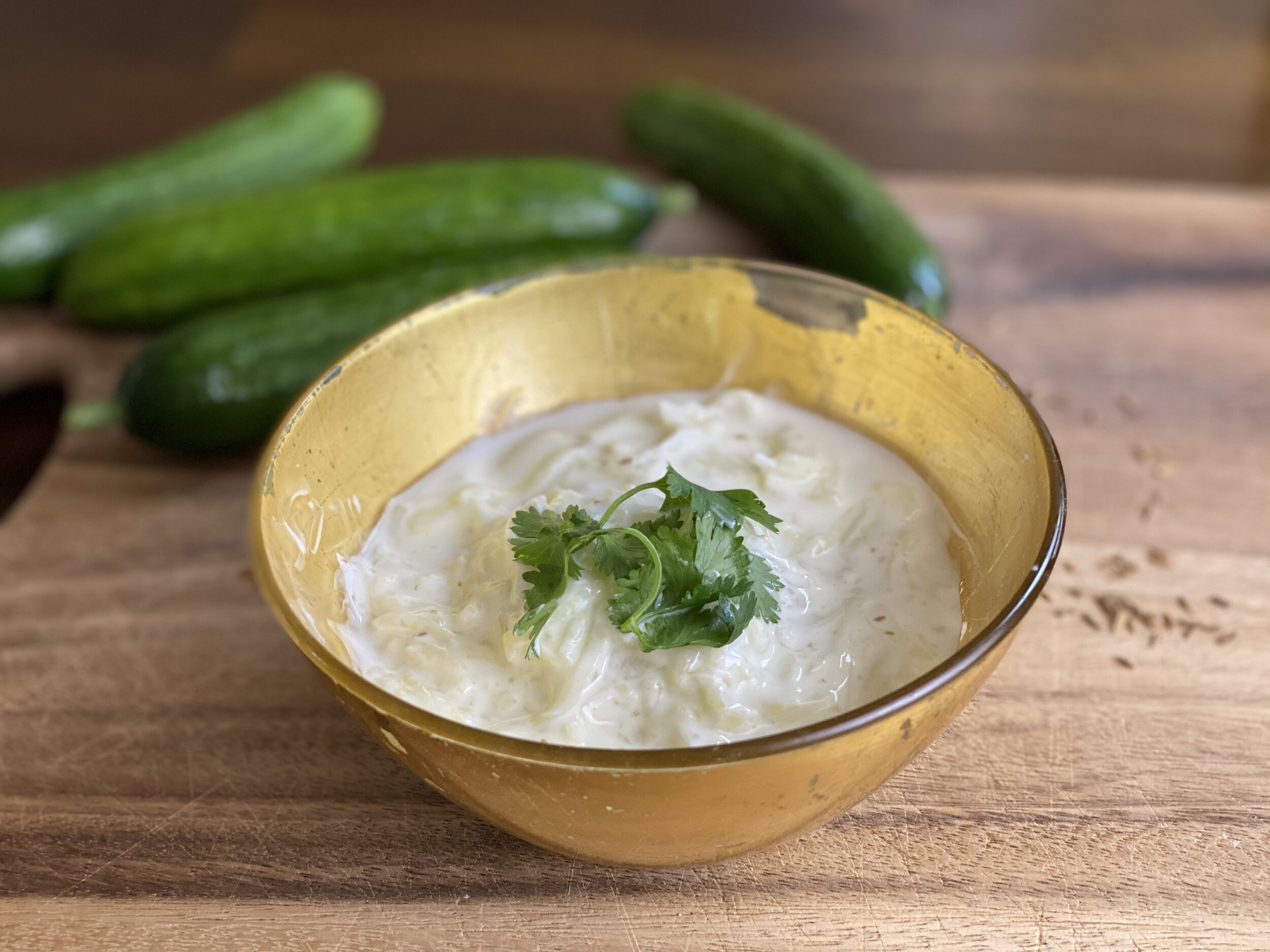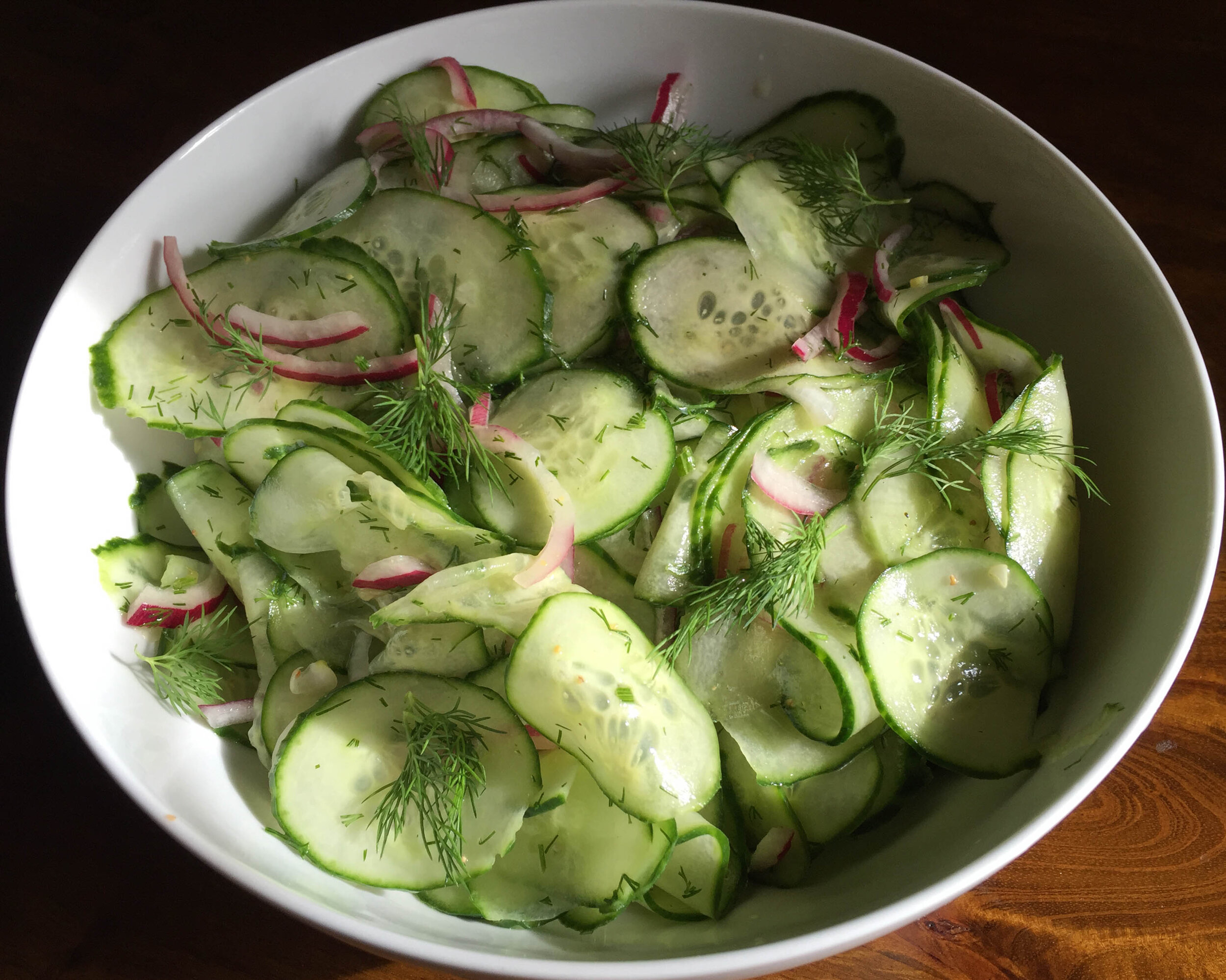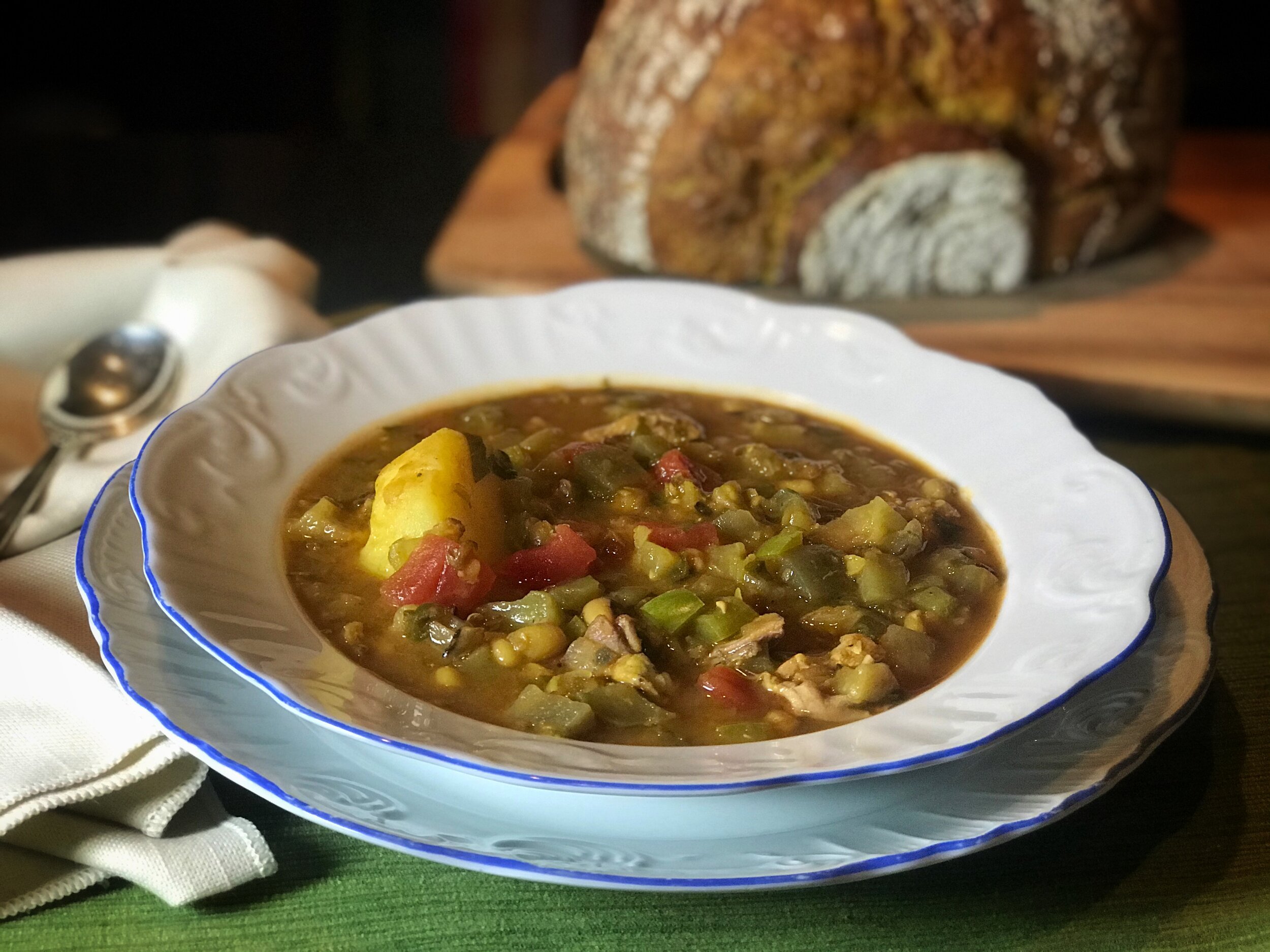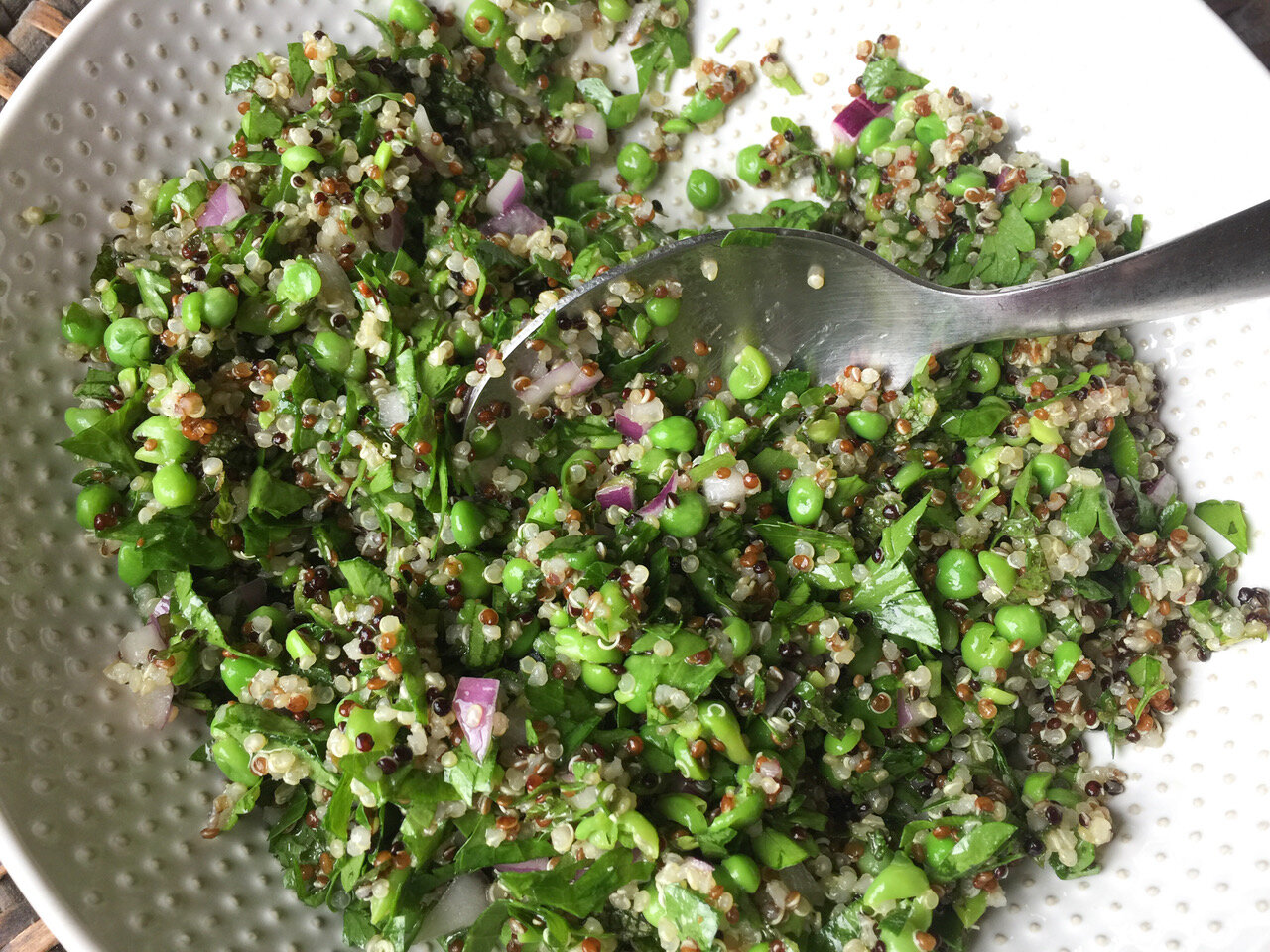Cutting to the chase here: This Vietnamese rice noodle salad — from Andrea Nguyen’s new(ish) book Vietnamese Every Day — is probably the most craveable single new (to me) recipe I’ve discovered in four months of daily cooking through the pandemic. That would be my favorite dish in something like 120 days of cooking. Or at least the one dish I know I’ll come back to again and again. It’s the kind of dish you’re excited to add to your life, the kind of dish you think about and crave. The kind of dish you wake up certain days and you simply have to have.
At its base, it’s pretty basic. Put salad greens in a bowl with cilantro and mint, and maybe a handful of bean sprouts and/or some shaved cucumber. Add a layer of cold rice noodles. Then the star of the dish — grilled skewers of meat, chicken or shrimp. Tuck in some pickled daikon and carrot, scatter on toasted peanuts or cashews plus more cilantro and mint, and serve with nuoc cham, the Vietnamese dipping sauce, to toss with as dressing.
It’s cool and salad-y, with a tangy, spicy umami zap of the nuoc cham. It’s fragrant with herbs, and fresh, and cool — perfect for summer. The hot skewer lands atop cold salad and rice noodles, all those herbs and pickle, and it all gets tossed with that delicious, tangy nuoc cham sauce, plus a pickly, nutty crunch — what could be better?
We came upon the rice noodle salad recipe because Wylie was in process of preparing a Crispy Lemongrass Salmon, from the same book. Nguyen writes that while salmon is not native to Vietnam, once her family tasted it in America, they adopted it as if it were. She makes a paste with lemongrass, brown sugar, shallot, Madras-style curry powder, and fish sauce, coats salmon fillets in it, then broils them. In the headnote, she suggests serving the salmon either with rice or on top of the rice noodle salad. Wylie jumped into action, pulled together the rice noodle salad — and we were all gobsmacked.
A week later, I was craving it again, so I tried it with the pork skewers offered in Nguyen’s recipe (and which are shown on the cover of the book!).
I enjoyed putting together the marinade (garlic, shallot, five-spice powder, sugar, molasses, fish sauce, soy sauce and canola oil), and making grillable skewers out of pork shoulder — a cut I’d always thought had to be cooked long, low and slow. I couldn’t get boneless pork shoulder, but it was easy to cut bones out of a small picnic roast (a.k.a. pork butt), and slice the meat across the grain into quarter-inch-thick strips. Marinated and grilled on a cast-iron stove-top grill, the pork skewers were superb: tender, charry, flavorful, just delicious. No doubt they’d be even better grilled over charcoal.
It also seemed obvious that, as Nguyen suggests, the bowl would be fabulous topped with all kinds of alternative things. Shrimp — either marinated and grilled or poached and chilled. Chicken, with this same marinade. Beef (though I’m not usually craving beef with my salad). That’s why we’re calling our adapted version Rice Noodle Salad Bowl with XYZ Skewers.
To go vegan, you can marinate and then grill tofu and vegetables, and use that in place of the skewers.
If you’re starting from scratch, getting all the ingredients together takes some work, for sure. But you can make the key elements in advance and keep them on hand, so it comes together either in a jiff or with just a little effort, depending on the protein.
Nuoc cham base is worth keeping in the fridge (for up to two weeks); add lime and fresh chiles just before serving. Pickled daikon and carrot can be kept on hand in the fridge as well (we used a Japanese salady-pickle called Namasu, from Sonoko Sakai’s Japanese Home Cooking, since it’s so similar to the one offered in Nguyen’s book), and rice noodles boil up quick and easy. That means if you keep greens, cilantro, mint and either cucumber or bean sprouts on hand (along with roasted peanuts or cashews), and a sudden craving strikes — which it will, if you’re anything like me — you just have to think about the protein.
A super-easy alternative to Nguyen’s lemongrass salmon is fillets of Koji-Marinated Salmon. (It’s easy as long as you have shio koji (the recipe for that is included in the salmon recipe). That piece of fish — which is five minutes broiler-to-table once it has marinated a day or three in the shio koji — is awesome on that bowl. So what if it’s Japanese and the noodles are Vietnamese? It works, and it’s delicious. But honestly, any simple grilled fish or seafood would do.
OK, maybe you’re ready to get to it. Just think of the dish as a way to riff. Try it once as suggested with pork, if you’re so inclined. And then embrace it as a fabulous vehicle for whatever you feel like.
[RECIPE: Rice Noodle Salad Bowl with XYZ Skewers]

































